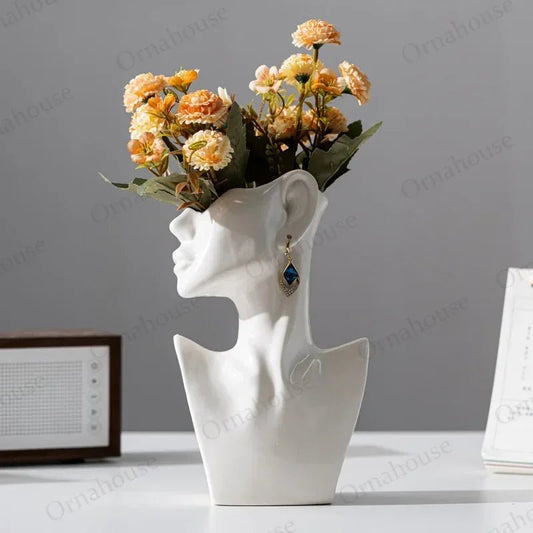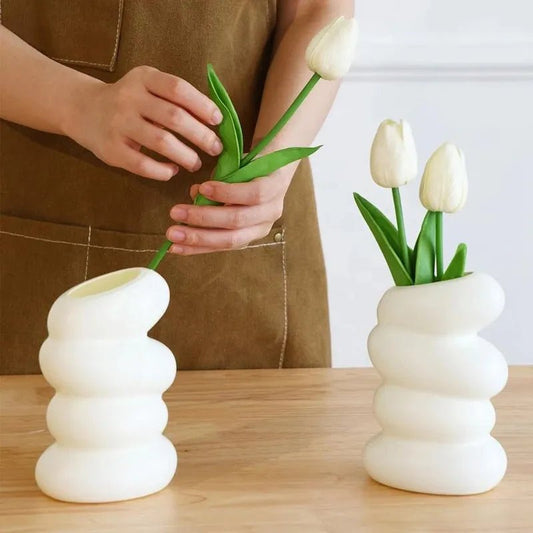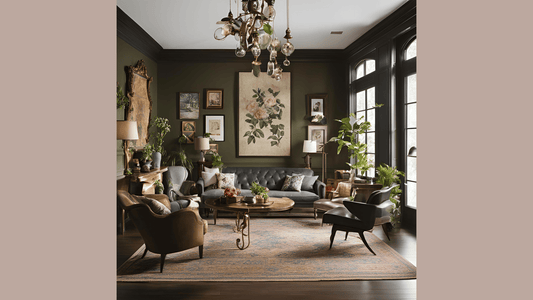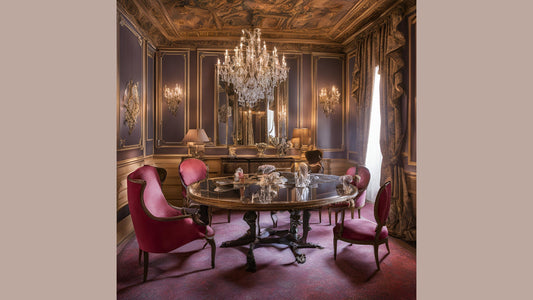Minimalist decor is all about simplicity, functionality, and elegance. It's a design philosophy that strips away the excess to reveal a cleaner, more streamlined space. Whether you’re looking to transform your entire home or just a single room, achieving a minimalist decor look can create a serene and uncluttered environment. Here’s a comprehensive guide on how to achieve that minimalist decor look in any room.
Understanding Minimalist Decor
Minimalist decor is characterized by its simplicity and the principle of "less is more." It focuses on functionality and aesthetics while avoiding unnecessary clutter. Key elements include a neutral color palette, clean lines, and an emphasis on natural light. The goal is to create a space that feels open and inviting, with every piece of furniture and decor serving a specific purpose.
Step 1: Declutter and Organize
The first step in achieving a minimalist decor look is to declutter and organize your space. Begin by assessing each room and identifying items that are no longer needed or used. Be ruthless in your decluttering process—if it doesn’t serve a purpose or bring you joy, consider donating or selling it.
Tips for Decluttering:
- Start with one room at a time to avoid feeling overwhelmed.
- Use storage solutions like baskets and bins to keep items neatly organized.
- Avoid overcrowding surfaces with too many decorative pieces.
Step 2: Choose a Neutral Color Palette
A neutral color palette is fundamental to minimalist decor. Colors like white, beige, gray, and taupe create a calm and cohesive environment. These shades help in making spaces feel larger and more open. When selecting colors, opt for different shades of the same hue to add depth without creating visual clutter.
Color Palette Tips:
- Stick to a few key colors and use different shades to create contrast.
- Incorporate texture through fabrics and materials to add interest without adding color.
Step 3: Invest in Quality Over Quantity
In minimalist decor, quality is prioritized over quantity. Invest in well-made furniture and decor items that offer both functionality and style. Choose pieces that are timeless and versatile, which will help in maintaining a clean look.
Choosing Quality Pieces:
- Select furniture with clean lines and simple forms.
- Opt for multifunctional items, such as a sofa bed or a coffee table with storage.
- Avoid trendy items that may quickly become outdated.

Step 4: Focus on Functionality
Every item in a minimalist space should serve a functional purpose. Furniture should not only look good but also be practical. When choosing items, consider how they will be used and how they can contribute to the overall functionality of the room.
Functional Decor Ideas:
- Use open shelving to display a few select items rather than filling cabinets.
- Incorporate built-in storage solutions to keep items out of sight.
- Choose furniture with hidden compartments for added storage.
Step 5: Embrace Natural Light
Natural light plays a crucial role in minimalist decor. It enhances the openness of a room and creates a more inviting atmosphere. Maximize natural light by using sheer curtains or blinds that can be easily adjusted. Avoid heavy drapes that block out light and create a more closed-off space.
Maximizing Light:
- Keep windows unobstructed to allow as much natural light in as possible.
- Use mirrors strategically to reflect light and make the room feel brighter.
- Choose light-colored walls and furniture to enhance the effect of natural light.
Step 6: Keep Accessories Minimal
Accessories in a minimalist space should be kept to a minimum. Select a few carefully chosen items that enhance the room’s overall design without adding clutter. Focus on quality items like a well-designed lamp, a piece of art, or a simple vase.
Accessory Tips:
- Use accessories sparingly to avoid overwhelming the space.
- Choose items that complement the room’s color scheme and design.
- Avoid excessive decorative objects and instead opt for pieces that add to the room’s functionality.
Conclusion
Achieving a minimalist decor look is about embracing simplicity and focusing on the essentials. By decluttering, choosing a neutral color palette, investing in quality pieces, emphasizing functionality, maximizing natural light, and keeping accessories minimal, you can create a space that is both stylish and serene. Minimalist decor not only enhances the aesthetic appeal of your room but also promotes a sense of calm and order.
Start with these steps, and you’ll find that creating a minimalist space is not only achievable but also incredibly rewarding.
















